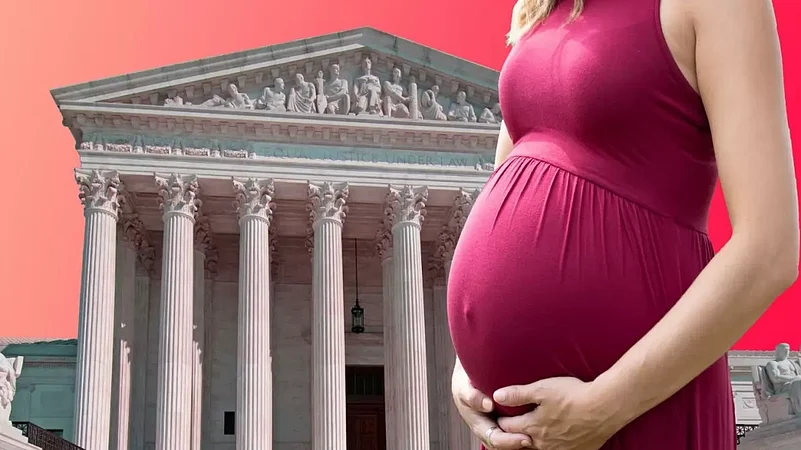The history of abortion in America is significantly more nuanced than what we might initially discern. Did you know that until the middle of the 1800s, it wasn't prohibited in America? Here is a quick timeline.
Article
Abortion in America has had a much more complex history than we see on the surface. Did you know it wasn't illegal in America until the middle of the 1800s? Abortion was a common practice for women from colonial times up until the passage of those first prohibiting laws.
In the late 1700s and early 1800s, experienced midwives, nurses, and other unlicensed women's health care providers offered these services, including abortion, without regard to any regulations.
Beginning around the time of the Civil War, a group of male doctors started a campaign to pressure state governments to criminalize abortion in all circumstances, with the help of the Catholic Church and other groups that wished to control women's bodies.
By the end of the 19th century, the majority of states had put laws in place that restricted abortion. This shift in legislation was a reaction to the growing feminist movement, which supported the idea of "voluntary motherhood." As a result, the prohibition on abortion evolved into a part of a larger effort to assert control over women and limit them to their traditional duties as child-bearers.
Reproductive rights were a major issue for the women's liberation movement in the 1960s, which was mostly driven by the influence of the civil rights and antiwar movements.
In order to promote the security and legitimacy of abortion, supporters of this movement organized protests and engaged in lobbying activities. Women started speaking out about their own personal experiences with illegal abortions, bringing to light the many people who were prepared to break the law and risk their lives to either obtain an abortion or help others do so. This movement also made a significant link between the right to an abortion and the larger problem of gender equality.
Four states completely eliminated their draconian abortion laws between 1967 and 1973, while a total of 14 states amended their existing restrictions. These amendments usually involved allowing abortion under certain situations, including when the pregnancy was brought on by rape or incest.
All current criminal abortion prohibitions were declared unconstitutional by the U.S. Supreme Court in a landmark judgment in Roe v. Wade case on January 22, 1973. In this landmark decision, the Supreme Court declared that people have a basic "right to privacy" that is based on the idea of personal liberty as set forth in the Fourteenth Amendment.
Donald Trump appointed Brett Kavanaugh and Neil Gorsuch, two extremely conservative judges, to the Supreme Court after his inauguration as president in 2017. This action boosted the confidence of opponents of abortion rights, parliamentarians, and anti-feminist conservative courts. State legislatures were also affected by these nominations. Seven states with Republican governors approved laws outlawing abortions in the first trimester during the first five months of 2019.
A brief history of abortion in the US
The history of abortion in America is significantly more nuanced than what we might initially discern. Did you know that until the middle of the 1800s, it wasn't prohibited in America? Here is a quick timeline

Abortion history in US
Abortion history in US
Published At:
- Previous Story
 India to Gain from US Tariff Rollback on Select Farm Goods: Commerce Ministry
India to Gain from US Tariff Rollback on Select Farm Goods: Commerce Ministry - Next Story
MOST POPULAR
WATCH
MORE FROM THE AUTHOR
×





















